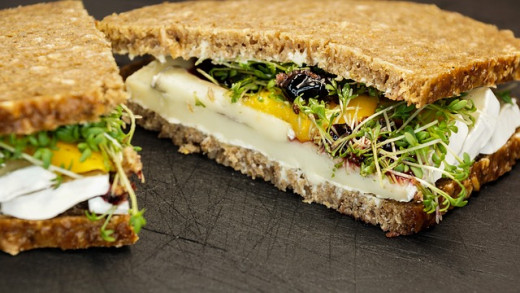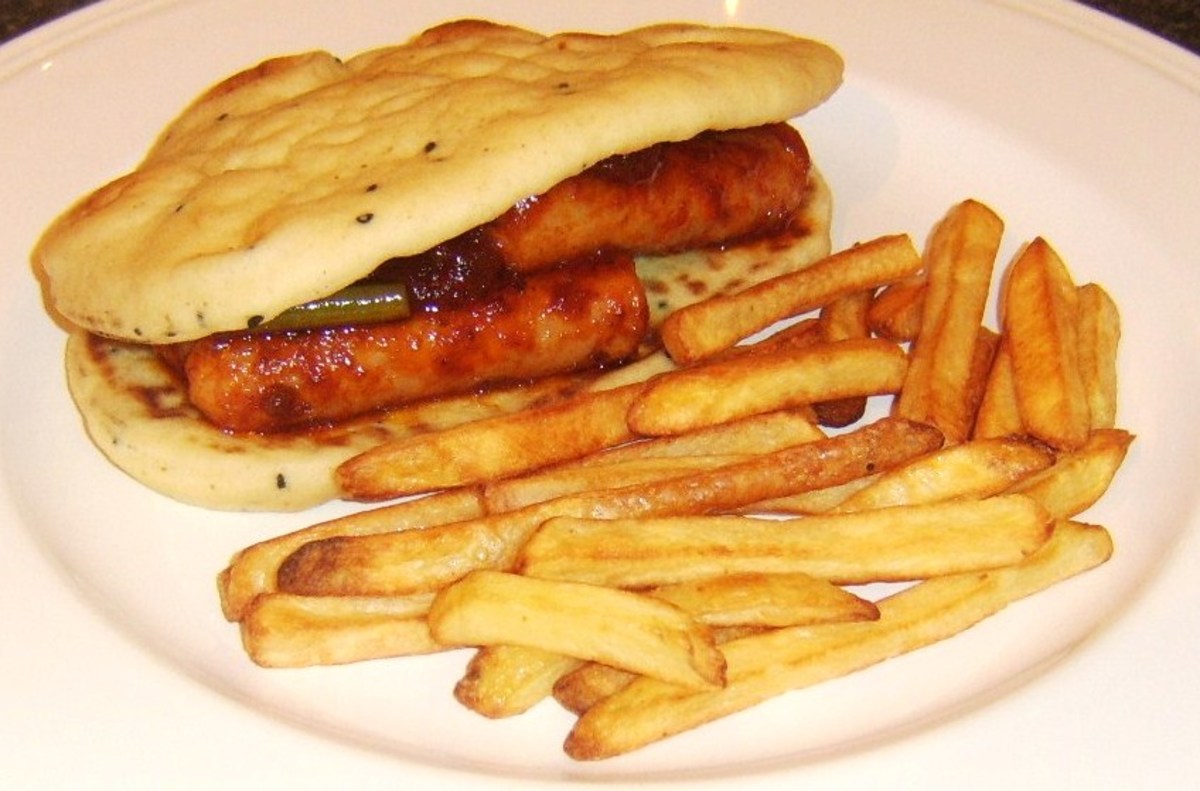The Hospitality Guru (cooking) Back to Basics: Sandwiches

Purpose
Sandwiches are one of the most versatile types of food. They can be made from a variety of breads, fresh or toasted, cut into a range of shapes, using an almost endless assortment of products for fillings.
Sandwiches from the basis for a large range of catering situations, from lunches to buffet receptions, dinner-dance banquets, and suppers. They are usually available to hotel guests at any time from room service or coffee shop.
In today’s fast moving society which places emphasis on food which is convenient, appetising and good value for money, the quick-to-prepare and price-competitive sandwich can hold its own with any other fast food.
What’s in a Name?
While the history of the sandwich is a long one, it was not until 1762 that it received its English name from a gentleman of dubious honour and questionable habits.
John Montagu, the Fourth Earl of Sandwich, had a penchant for the ladies and strong taste for the delights of the gambling table. Legend has it that on that evening in 1762 the earl had been at the gaming tables of London’s Beefsteak Club for more than twenty four hours without a break for food. The usual fare at the then famous gambling club was beefsteak and Yorkshire pudding. Since the earl had no time for the niceties of knife and fork, he ordered his steak placed between two slices of bread, not for the sake of neatness, but for the convenience of eating the beef and bread without delaying the card game.
The gambling earl could not have been aware that at that moment he had given his name to an innovation in food service that would undergo countless variations and bear his name of Sandwich down through history.
Breads, Spreads & Fillings
Bread
The character of a sandwich depends as much on the bread you choose as on the way it is sliced, topped, filled and garnished.
The most versatile bread is a firm, close-grained rectangular loaf that slices thickly and toasts well. This is best for both closed and open sandwiches. However, bread with a relatively soft texture is needed for pinwheel sandwiches.
You can use a variety of breads for a wider selection of sandwiches. Whatever you use, it is essential that it be fresh.
Bread Storage
- Dry store conditions apply to bread. It should not be refrigerated, as this actually speeds up staling.
- Soft breads, buns and rolls must be kept covered or they will dry out and become stale. Keep loaves, whether whole, cut or separated, covered in their original wrapper until needed.
- Hard rolls should not be covered. Leave them out so that their crusts stay crisp.
- Bread can pick up odours from strong flavoured foods such as onions and fish. Make sure it is stored away from these foods.
- Do not stack loaves too high on their trays or bread slices will be crushed.
- Exposed stacks should be covered with the heel of the loaf to prevent the top slice from drying out.
Left over breads can be used for toasting, as this restores freshness. In fact, day old bread is best for toasted sandwiches, or for those that will be dipped in an egg wash before grilling or frying.
Spreads
Butter is the most common spread used for sandwiches. As well as adding flavour, butter prevents the bread from absorbing moisture from the filling, and helps ensure that the filling and bread stick firmly together.
Butter may be blended with any number of ingredients to give flavours, textures and colours to the sandwich. Some examples are herb, mustard, parsley garlic, prawn, horseradish and tomato butter.
Margarine spreads may be used in the same way as butter.
Margarine and butter should be softened enough to allow them to spread smoothly and evenly. They should never be melted, because they will then soak into the bread and make a soggy sandwich.
Mayonnaise may be used as a spread for sandwiches, which are to be served immediately. It does not protect the bread from soaking as well as butter or margarine. Mayonnaise itself will soak into the bread unless it is spread with butter or margarine first.
Fillings
There are many types of sandwich fillings, ranging from sliced ham, tomatoes to cheese. When preparing fillings – consider the following:
- Prepare fresh supplies of sandwich ingredients daily.
- Slice evenly in advance such foods as tomatoes, cheese and meats. Set the slicer to yield a specific portion.
- Wash lettuce thoroughly. Separate leaves, drain and crisp in the refrigerator. Prepare all other vegetables by thorough washing, slicing, draining and crisping.
- Standardise all portions regularly used to correspond with your portion control system.
- Keep only small amounts of fillings on the counter top as a working supply, replenishing as needed. Keep extra supplies in the refrigerator until they are needed.
- Cross stack sliced ingredients such as cheese and meat for quick and easy pick up and use.
- Purchase or make pre formed hamburger patties to suit your needs. Keep them frozen or refrigerated until needed.








